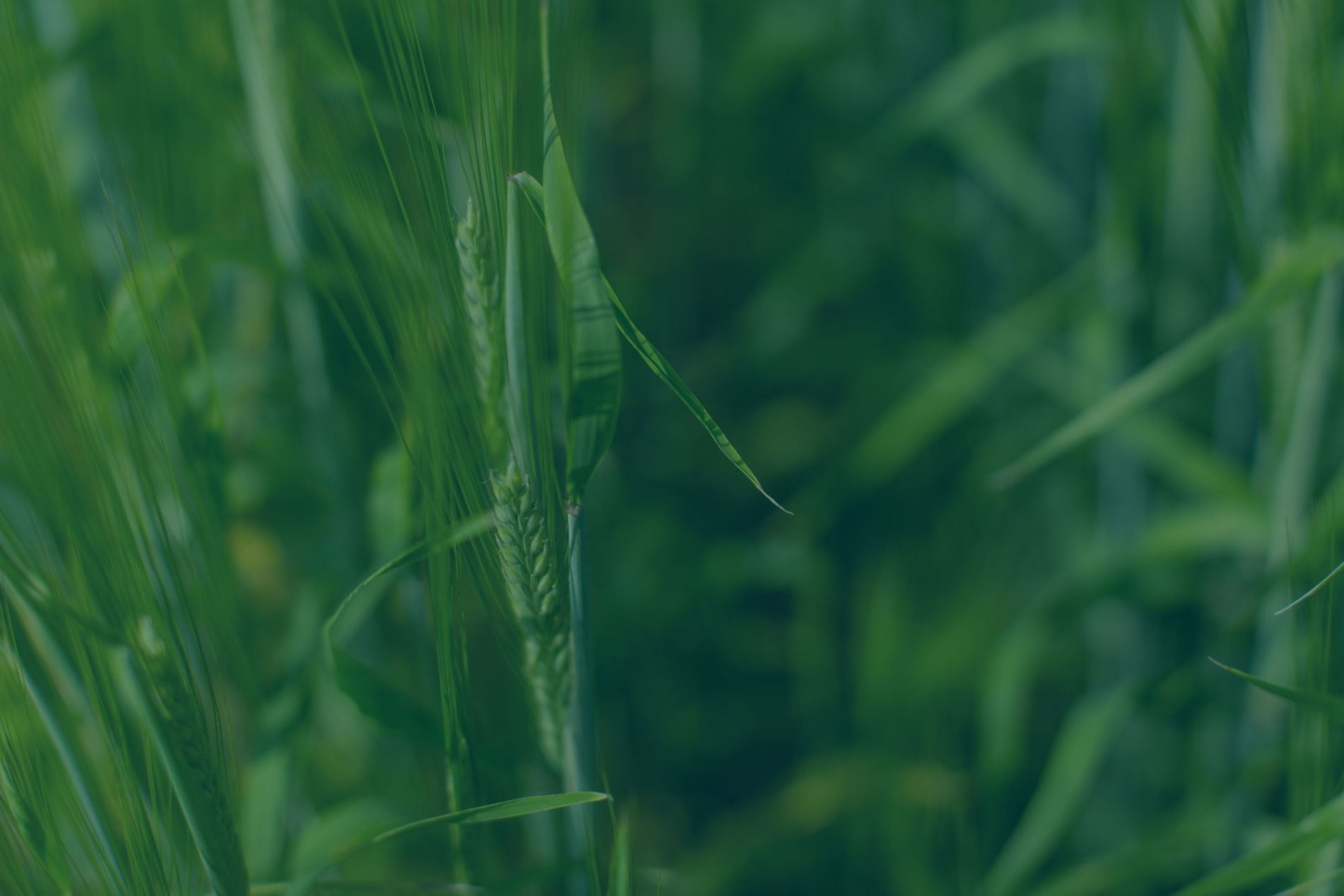Tools to increase winter wheat stand consistency
Posted by Jeremy Boychyn MSc P.Ag.
Farmers strive for a more stable and consistent crop yield year after year. To achieve this, farmers utilize various agronomic tactics. Seeding rates in spring wheat and barley are a significant focus and using seed with a plumper kernel is typically perceived as having more potential. In addition, higher seeding rate and dual seed treatment come highly recommended by some researchers when utilizing ultra-early seeding. But how much does seed size, seeding rate, and seed treatment play a role in the success of a winter wheat crop?
Greater yield stability is the goal and researchers are on the case with seed treatment options.
More recent research into agronomic management of crops in Alberta includes stability of the crop system when certain management practices are trialed. If the tactic utilized creates less yield variability across all plots and trials, that would mean it creates a more stable system. When you remove that treatment, if yields vary greatly across plots and trials, that would be a less stable system. A stable system is beneficial to production because it means the crop is less impacted by external environmental factors.
Dr. Brian Beres of Agriculture and Agri-Food Canada (AAFC) and his colleagues conducted research in nine locations across western Canada from 2010 to 2013 looking at seed treatment (no seed treatment vs Raxil + Stress Sheild), seed size (large, small and medium), seeding rate (250 vs 400 seed/m-2, 25-40 seeds/ft-2) and their effects on the yield and stability of the cropping system. Results from this trial indicated that higher winter wheat stability came from the high seeding rate and a dual seed treatment that includes a fungicide and insecticide. Seed size did not play a roll.
So what were the results?
Each element had their own impacts: the higher seeding rate provided secondary benefits including better weed competitiveness which may result in fewer herbicide passes, in-turn reducing herbicide resistance pressure. The higher seeding rate also contributed to improved yield potential. When a low seeding rate (200 seeds/m-2, 20 seeds/ft) was used with a dual fungicide, yield potential was the same as the higher seeding rate, but had slightly higher variability within that system. Also, the integrated weed management benefits were decreased from a lower seeding rate meaning a less stable system.
One thing to consider from these results is that the years in which this trial was conducted, higher than average rainfall was seen in most trial locations. This would inherently increase the capacity of the environment and increase the value of higher seeding rates as compared to normal years.
Another study that Dr. Ross McKenzie (retired) of Alberta Agriculture and Forestry conducted along with his colleagues looked at the effects of target plants stands (150, 200, 250, 300, and 350 plants/m-2, and 15, 20, 25, 30, and 35 seeds ft-2) on yield at three locations (Brown, Dark Brown and Thin Black soil zones) seeded with both hoe and disc type openers in southern Alberta. Precipitation was near normal in all years of their study. They found that increasing seeding rates did not increase winter wheat yields. In comparison to Dr. Beres’ research, a seed treatment wasn’t explored in this study, as it was applied to all treatments. In recent discussions with McKenzie, he indicated that 250 seeds/m-2, 250 seeds m-2 is an appropriate target to maximize yields and still maintain a stable plant stand in the Brown, Dark Brown and Thin Black soil zones of Alberta.
A note from Jeremy:
I definitely support Ross McKenzie’s recommendation, and I would also encourage a dual seed treatment application. Producers may also consider trialing higher seeding rates to see if there’s an advantage on your operation but a seed rate of 250 seed/m-2, 250 seeds m-2 may be a good way to get started, particularly in the Black soil zone which usually receives higher precipitation. Recommended seeding rates in the black soil zones of the province may be higher as seen in this article by Alberta Agriculture Cereal Extension Specialist Clair Langlois. This demonstrates the flexibility of winter wheat and the need for producers to trial different seeding rates on their farm. Seeding depth is important with winter wheat and should be targeted at 0.5” -1”. Max depth only when looking for moisture would be 1.5” Seeding deeper than this may result in the wheat seedling not emerging. This is due to the naturally shorter subcrown internode found on winter wheat as compared to spring wheat. As you seed deeper than 1”, your risk of lower emergence goes up. Optimal seeding date (Table 1) varies depending on your region. be sure to check crop insurance coverage dates.
Table 1: Optimal seeding dates for Winter Wheat in Alberta


